Today, we’ll be exploring a 50mm lens designed for the Sony Alpha full-frame ecosystem—a focal length that, in my view, is one of the most essential tools a photographer can have in their kit.
While many YouTube filmmakers tend to favor the 35mm lens, which is often considered a more versatile choice for video, the 50mm holds a unique appeal that shouldn’t be overlooked.
OUR TODAY SPONSOR : NEONNIGHT.FR
In this article, we’ll delve into why the 50mm lens might just be the ideal choice for passionate photographers and cinematographers looking to craft compelling visual stories and if the Sony Zeiss Planar T* FE 50mm F1.4 ZA is still a decent lens to do the job in 2024.
Why shooting photos or videos with a 50mm?
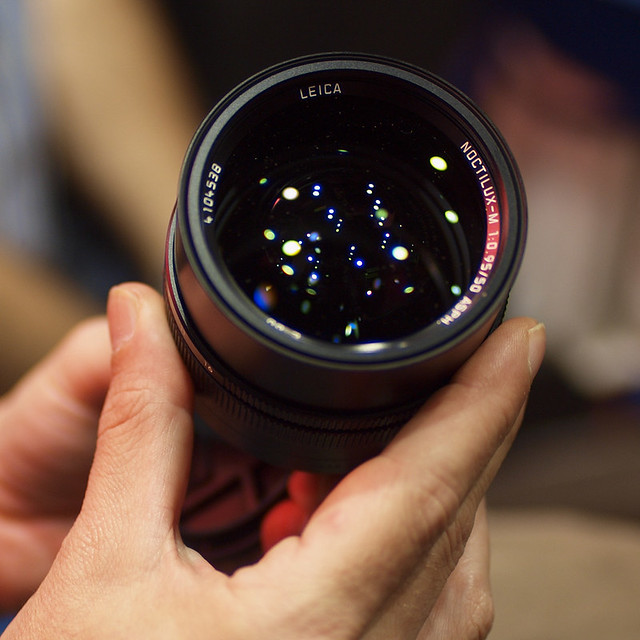
This ultimately comes down to perspective and framing. Many consider the 50mm lens on a 35mm full-frame camera to most closely replicate human vision, and I tend to agree.
When we talk about “perspective,” we’re referring to the way the lens avoids distortion relative to how we naturally perceive the world. The background retains the same compression as seen with the naked eye, resulting in images that feel authentic and true to life.
In terms of field of view, the 50mm lens mirrors the portion of our vision that we naturally focus on. While it doesn’t encompass peripheral vision or the pinpointed detail of intense scrutiny, it aligns with how we experience the world at a glance.
This lens provides a balanced, unaltered perspective—neither flashy nor extreme—yet remarkably effective at evoking a sense of familiarity, realism, and presence within the human experience.
What are the different Sony options for a 50mm?
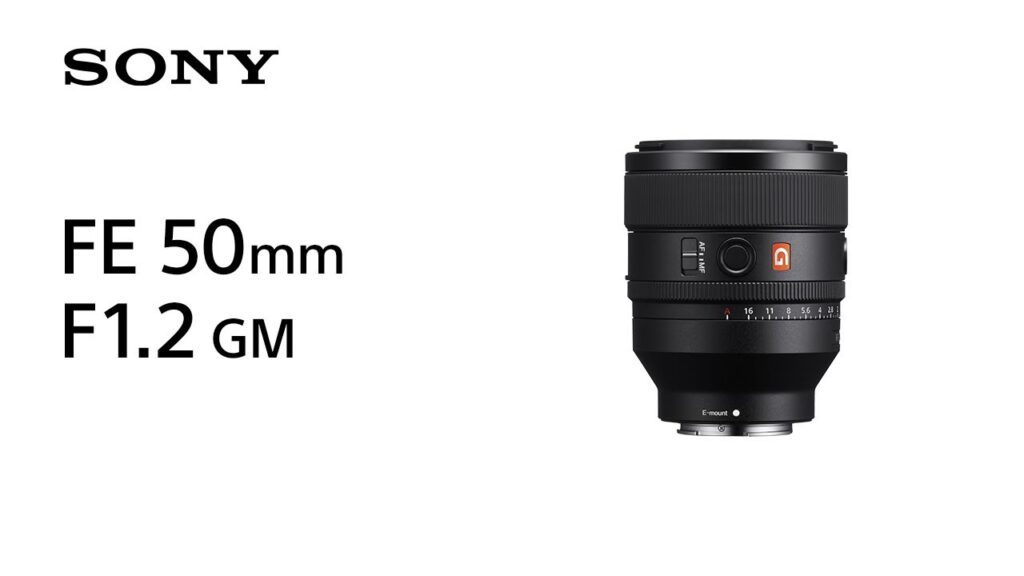
For a full frame FE mount Sony camera, there are essentially 5 choices when it comes to 50mm. There are of course other brands and other similar focal length but we will focus on Sony pure 50mm for full frame alpha bodies.
- Sony 50mm f/1.2 GM: One of the highest-performing lenses available, featuring an impressively wide aperture for stunning low-light performance and creamy bokeh—but it comes with a premium price tag.
- Sony 50mm f/1.4 GM: A lighter, more affordable alternative to the f/1.2 GM, this lens boasts a modern design with advanced technology, making it a great balance of performance and practicality.
- Sony Zeiss 50mm f/1.4 Planar T ZA*: An older model that incorporates the renowned Zeiss Planar optical design, released before Sony developed its GM lens lineup. It features older autofocus motors but still delivers excellent image quality.
- Sony 50mm f/1.8: The budget-friendly “nifty fifty” option, often available for as little as €149. While it’s a great entry-level lens, it has a simpler build and uses basic focus motors.
- Sony 50mm F/2.5 G: A lighter, higher-aperture option equipped with all the advanced features and cutting-edge technology of Sony’s modern G-series lenses.
The best model from this list ultimately depends on your specific needs and budget. Undoubtedly, the 50mm f/1.2 GM is a dream lens, offering exceptional performances.
However, with a price tag of €2,299 new and around €1,200 used, it can be a tough investment to justify. That said, its stellar capabilities can significantly elevate the quality of your work, making it a tempting choice for those who prioritize top-tier results.
The 50mm f/1.4 GM is a relatively new release, which keeps its price high at €1,699 retail, though you can find it for around €1,280 brand new with some effort. On the second-hand market, it’s quite rare to see it priced below €1,000.
The 50mm f/1.8 offers excellent value, while the 50mm f/2.5 feels too similar to the f/2.8 aperture typically found on zoom lenses, in my opinion.
Honestly, I don’t always notice a significant difference between f/1.4 and f/1.2 unless they’re compared side by side. Of course, having the faster lens does create more of a “wow” factor and gives you the lowest possible ISO.
Why choosing the Sony Zeiss 50mm f/1.4 Planar T ZA*?
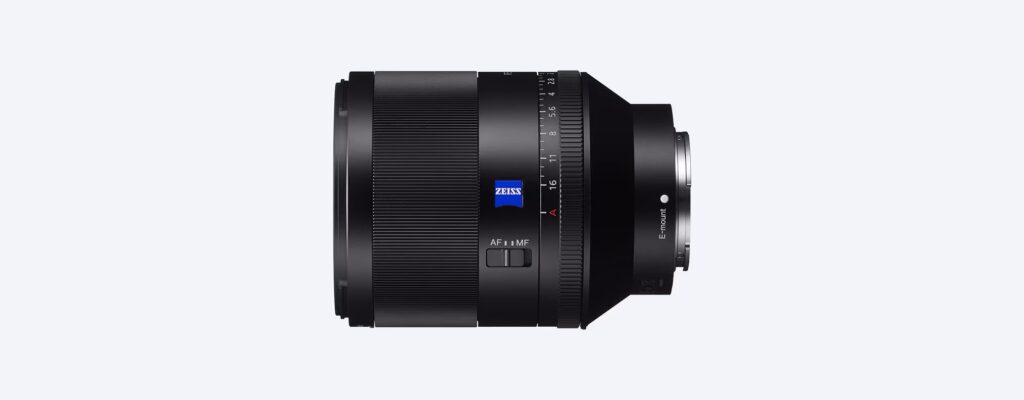
The Zeiss Planar 50mm, being the oldest model in the lineup, is now discontinued but can still be found on the second-hand market for around 650 euros for a mint version.
Given that newer versions have been released and outperform it in nearly every aspect, it wouldn’t make sense today to spend the original price of €1629 on this lens.
The pros
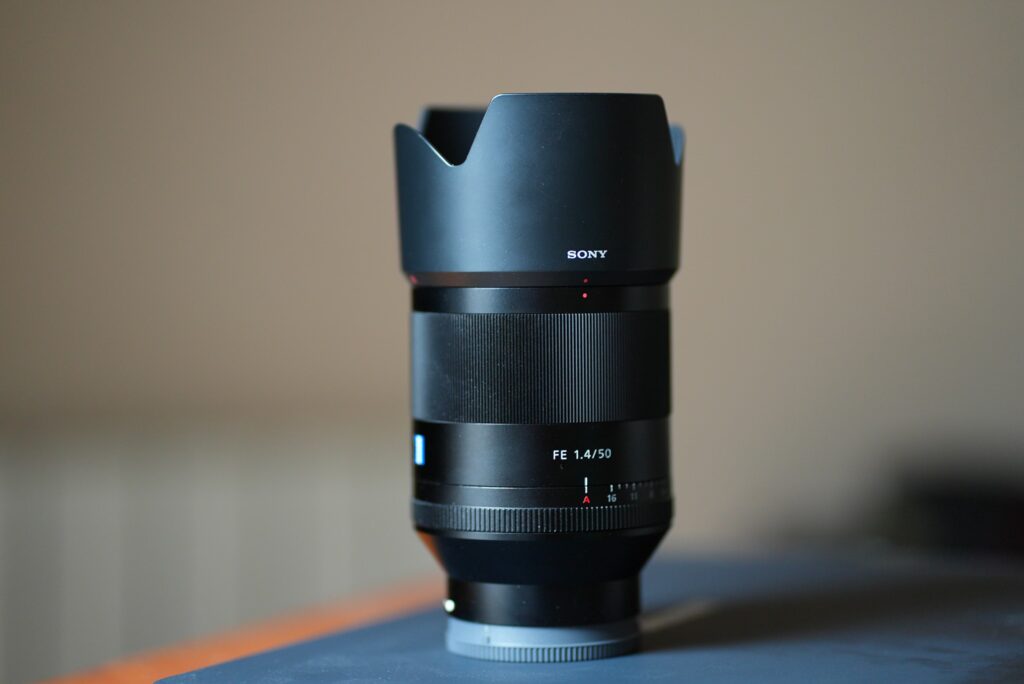
Best price to aperture ratio
This lens might be the right choice for you due to its relatively affordable price and the low aperture it offers compared to other Sony options.
Best material construction
In my opinion, it stands out for having the best build quality and feel among the lenses in this selection, thanks to its durable metal construction.
Strong performance optically
Optically, it’s a strong performer, delivering more than enough quality for most applications, whether in photography or video.
Zeiss look
In photography and videography, the best-performing lens isn’t always the one that delivers the best optical performances.
Some lenses, like the Zeiss 35mm f/1.4 Distagon ZA, have a unique character that enhances the subject by making it stand out while slightly lowering contrast. This results in a more cinematic, film-like appearance.
Accurate colors
I find this lens to have a unique color rendering. The colors tend to appear slightly cooler compared to Sony lenses, with less saturation, resulting in an image that feels very closer to reality.
The cons
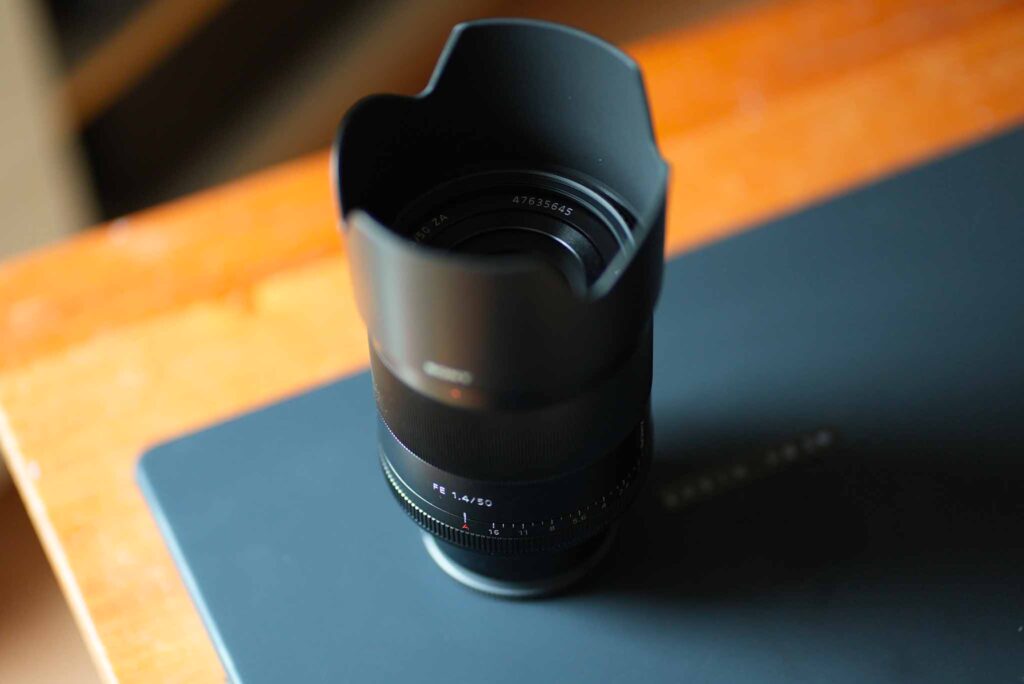
Older an noisy autofocus motors
The focus motors on this lens, while capable of good tracking performance, are reminiscent of the older Canon EF system. They tend to be noisy and exhibit an acceleration factor which makes the audio from the camera unusable. However, this design offers a remarkably human pulling focus like effect.
No linear focus pulling
As a focus-by-wire lens, it lacks the responsiveness and precision of traditional manual focus systems, making it less ideal for linear focus pulling. The motor’s acceleration prevents consistent focus adjustments, meaning you can’t reliably use marks or replicate the same movements for repeated focus pulls.
Very heavy
Weighing in at 778g, this lens is heavier than the 24-70mm f/2.8 GM II, making it somewhat impractical. Its slightly front-heavy design can feel unbalanced and uncomfortable to hold for extended periods, whether shooting handheld or using a gimbal. For comparison the newer 50mm 1.4 GM comes at 516g.
Not as good optically
While this lens holds its own in terms of optical performance, newer models naturally offer improvements in sharpness, contrast, and optical corrections.
Despite my appreciation for the unique character of the Zeiss 50mm f/1.4, I still consider the 50mm f/1.2 GM to be one of the most visually stunning lenses ever made for this eco-system.
Average in close focusing distance
This lens can focus as close as 45cm, while the 1.2 GM can focus at 40cm. Although the difference is just 5cm on paper, I believe it can make a noticeable impact in certain situations like facial features close up or macro photography.
Less saturated colors
When using my more affordable Sony 85mm 1.8 lens, I often feel that it produces images with more contrast, warmth, and saturation, giving them more “punch,” so to speak.
This might be due to the different design for various focal lengths, but I’ve noticed the same effect with my Sony 35mm 1.8, as well as with my 14mm 1.8 GM and 20-70mm F4 zoom lenses. This is relatively hard to notice even side by side but still worth being mentioned.
Less light transmission
This lens appears to transmit less light than its aperture would imply. For example, while the 50mm 1.2 GM is only supposed to be 1/3 of a stop brighter, it actually ends up being 2/3 of a stop brighter, making the difference similar to that between a 50mm 1.8 and a 50mm 1.4.
Comparison with the 50mm 1.2 GM
Is this lens still relevant in 2024?
This is a tough question to answer. Personally, I believe that anyone with the budget should consider the GM options—they’re hard to beat in terms of performance and versatility.
That said, if it were up to me, I’d opt to spend around €650 on this lens and allocate the rest toward light modifiers or other accessories. After all, mastering composition and lighting is the real key to creating exceptional photos. That being said, I can’t deny that the 50mm f/1.2 GM delivers incredible results with ease, even in challenging situations.

Overall, I’d say this lens is best suited for a niche group of users—those who prioritize spending less money while still benefiting from a relatively wide aperture.
This lens is also a great choice for those who prefer a softer, more cinematic aesthetic over the sharp, high-contrast look of modern lenses—making it particularly appealing for storytelling or portrait work.

The most impactful photos aren’t always the ones that are technically perfect but rather those that evoke genuine emotion. For instance, capturing every pore on your subject’s skin might not always be the most flattering or desirable choice.
In fact, many people now use filters on lenses to introduce subtle imperfections and add a sense of life to their images.
Is the Sony Zeiss Planar T* FE 50mm F1.4 ZA still relevant for video?
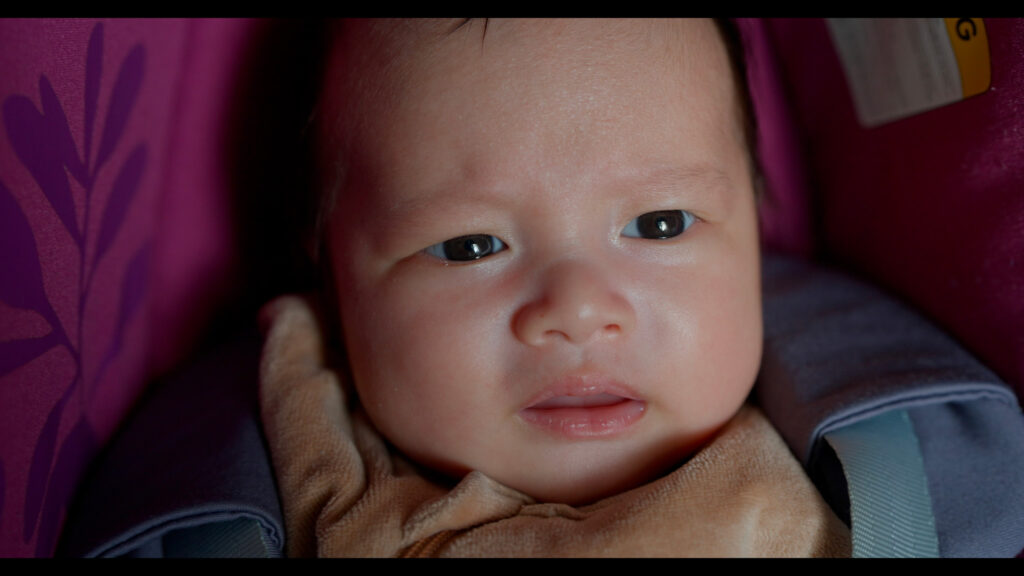
For video, this lens performs comparably to other modern Sony 50mm lenses, and in some ways, it may even offer an advantage due to its more natural and cinematic look. This is in contrast to the sharper, higher-contrast, clinical aesthetic of the GM lenses, which some may find less desirable for certain types of video work.
The main disadvantage, however, lies in its older autofocus technology, which may not be as fast or smooth as newer models.
This has three main disadvantages :
- Noisy motors that can be picked by the internal microphone
- Less performance when it comes to autofocus speed and tracking
- No linear and responsive manual autofocus
Sony SSM Motors
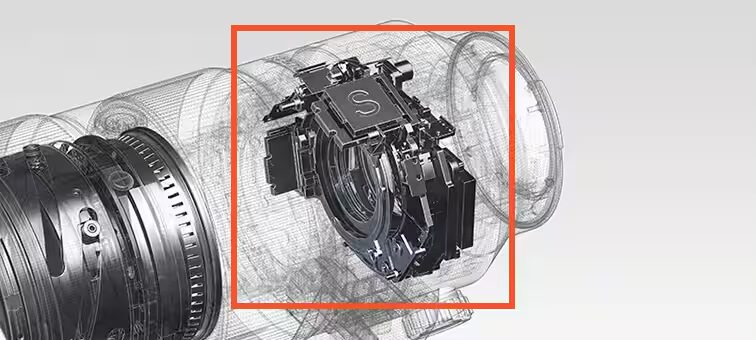
SSM – Super Sonic-wave Motor: a lens equipped with autofocus using an ultrasonic piezoelectric motor. This type of motor enables quick, smooth, precise, and nearly silent focusing. It also allows for manual focus override (manual adjustment of focus without disengaging the autofocus).
Within SSM technology, Sony differentiates between two types of motors:
- RDSSM (Ring Drive Super Sonic-wave Motor): Ultrasonic wave motor with a ring drive mechanism. This is the technology found in the Sony Zeiss Planar T* FE 50mm F1.4 ZA.
- DDSSM (Direct Drive Super Sonic-wave Motor): Ultrasonic wave motor with a direct drive mechanism, particularly suited for precisely positioning heavy lens groups in full-frame-compatible lenses. This is the technology found in the Sony Zeiss Distagon T* FE 35mm F1.4 ZA
Sony Linear Motors
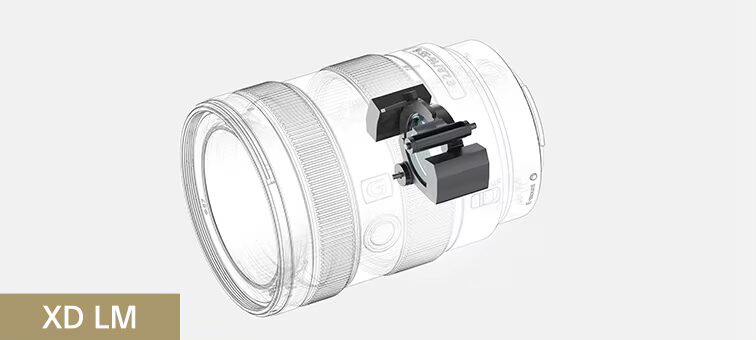
- LM (Linear Motor) : Linear motors provide direct, contactless electromagnetic control of the lens focus group, delivering quiet, responsive, and precise operation. Their silent, smooth performance is ideal for both photography and filmmaking, with precision braking and seamless focus adjustments enhancing dynamic scene capture. This technology is present in the Sony FE 35mm 1.8.
- The XD (Extreme Dynamic) Linear Motor was engineered to provide increased thrust and efficiency compared to earlier designs. This improvement ensures compatibility with the rapidly advancing speed capabilities of current and upcoming camera bodies. To achieve this, the linear motor’s structure and component arrangement have been extensively re-engineered, resulting in a substantial boost in thrust performance. This technology is present in newer GM lenses such as the Sony FE 20-70mm F4 G.
The Sony Zeiss Planar T* FE 50mm f/1.4 ZA lags behind by four generations in autofocus technology compared to the Sony FE 50mm f/1.2 GM.
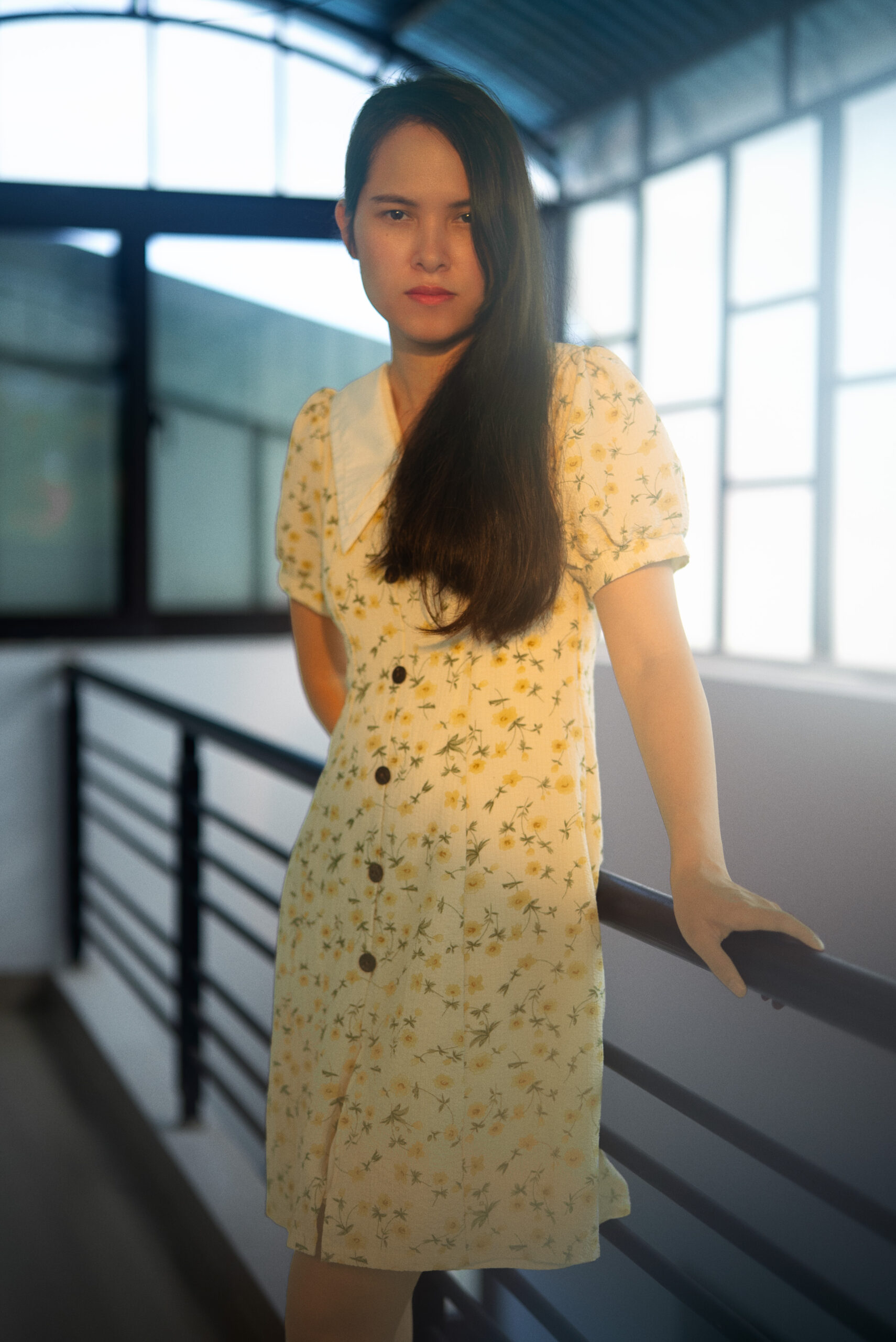
It is also worth noting that other manufacturers are not at the forefront in this regard. For instance, the Canon RF 50mm f/1.2 L USM uses autofocus technology that is quite similar to the Zeiss, demonstrating a comparable gap in innovation despite being priced higher.
Autofocus comparison between 50mm 1.4 GM and 50mm 1.4 Zeiss
Verdict
8.0 out of 10.
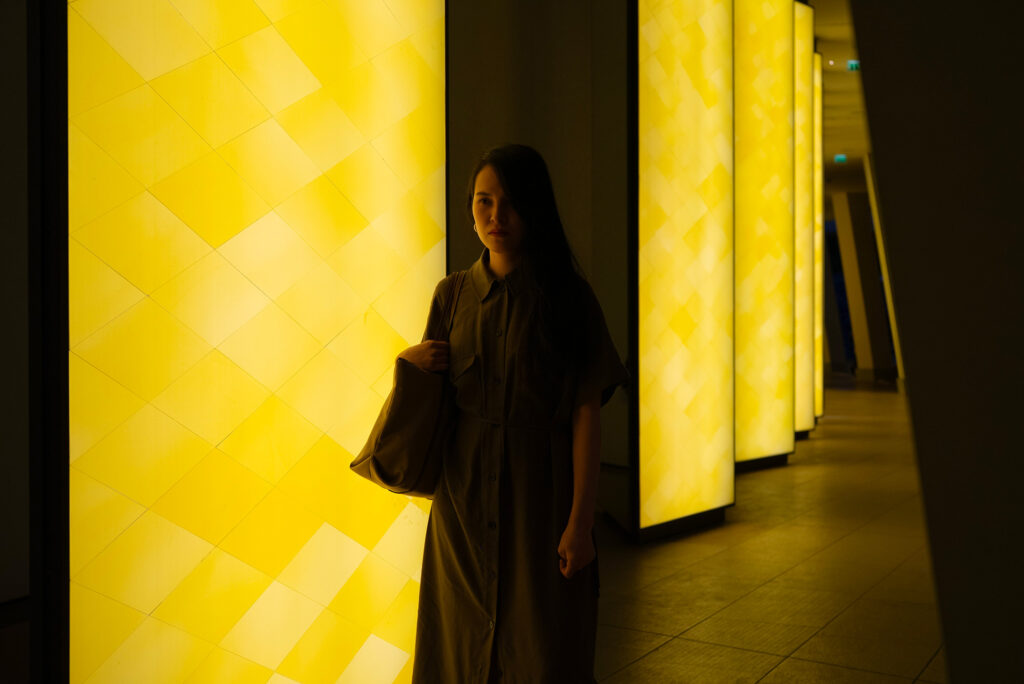
It’s difficult for me to fully evaluate this lens, as my previous experiences with 50mm lenses are mostly from the 90s. Naturally, this lens is a significant upgrade compared to those older models. For some reason, it reminds me of my Leica 50mm Summicron E39.

While this lens may not be the best performer technically, the photos I’ve taken with it stand out due to the unique character it brings. There seems to be something distinct about the German designs of Zeiss or Leica aesthetic that contrasts with the more modern, clinical look of Japanese lenses—something that truly adds life to the images.
OUR TODAY SPONSOR : NEONNIGHT.FR
I’m still uncertain whether to keep it or sell it in order to upgrade to a 50mm f/1.2 GM, as the 50mm lens is arguably one of the most commonly used and versatile focal lengths. It must excel in low-light conditions while also providing silent operation, especially for audio-sensitive situations like video shooting. But for now, it gets the job done well for photography and silent cut at a more affordable and practical price, allowing me to invest the difference in other equipments or experiences.
Informations
Sony Zeiss Planar T* FE 50mm F1.4 ZA
Video Production : https://www.neonnight.fr/en/
Film equipment rental Paris : https://www.neonnight.fr/en/film-equipment-rental



GIPHY App Key not set. Please check settings